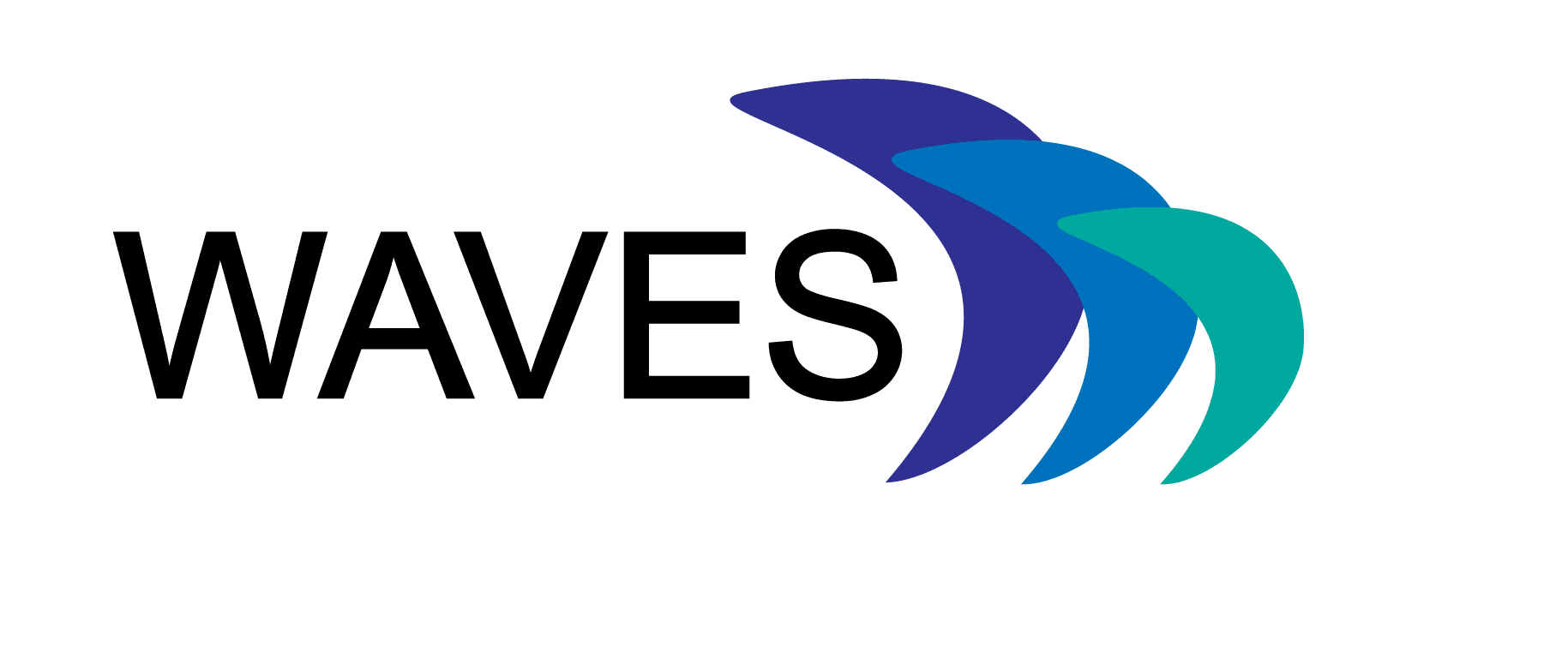The WAVES team delivered a pre-conference workshop, ‘Widening Access to Virtual Educational Scenarios (VS) Authoring and implementing’ at the 2018 AMEE conference in Basel, Switzerland. AMEE is the largest medical education conference globally with over 4000 delegates, and in addition to the workshop; the WAVES network had an exhibition stand which promotes the tools available from of the WAVES project and of course the Virtual Scenario training MOOC which had already completed its first successful run.
This attracted considerable interest, and many delegates signed-up to the WAVES newsletter and further engagement with the WAVES network.
The objectives of the workshop were three-fold (i) to provide the participants with information of the types and uses of VS, how to implement them into existing platforms such as Moodle, and the cognitive benefits of creating interactivity in the VPs, (ii) to provide them with instructions and ‘tips’ to use during the creation of their own simple VPs during the workshop. (ii) to encourage participants to take part in WAVES network collaborations.
Virtual scenarios (at AMEE, termed virtual patients) are already accepted as a valuable training resource in medical training. This workshop was intended for those interested in learning how to author virtual scenarios for their own teaching and training, and it was full! The 30 participants from a wide range of countries, were almost exclusively teachers, educators and course leads who foresaw a pedagogic requirement for virtual patients in their teaching and courses.
Sheetal Kavia opened the workshop, describing the WAVES project and its objectives: to lower the barriers to implementation of virtual scenarios: infrastructure constraints, time, budgets, institutional support, and a lack of understanding of the benefits of using such resources.
Terry Poulton then considered the definitions, uses and types of VS that can be used for competency-based training, focusing on medicine and healthcare, and the value of interactive elements in scenarios which stimulate cognitive thinking and enhance memory.
Lindsay Germain and Martin Adler then showed examples of VS as used by the business sector, the former for training staff in Bayer Pharmaceuticals and the latter for the CASUS tool used for the training of medical students by the company, Instruct AG. Andrezj Kononowicz rounded this session off with an example from Jagiellonian University, illustrating practice and research.
Terry Poulton provided a quick series of ‘tips’ for scenario construction, designed to help mimic the challenges that practitioners are exposed to in the workplace.
Then it was creation time! Participants formed into groups of three or four, to collaboratively create their own agreed VS, on paper as a starting point. Each group created a short scenario pathway, with at least one interactive element. Participants then presented and reviewed all their draft scenarios.
The last presentation considered the main VS technologies in WAVES, CASUS and OpenLabyrinth, as well as other simpler technologies which can be used by teachers at entry level. Participants were invited to get involved in the WAVES network!
Finally, participants were asked to describe the one good thing they took away from the workshop: 80 % referenced the tips for creating scenarios.
2. 10. 2018









